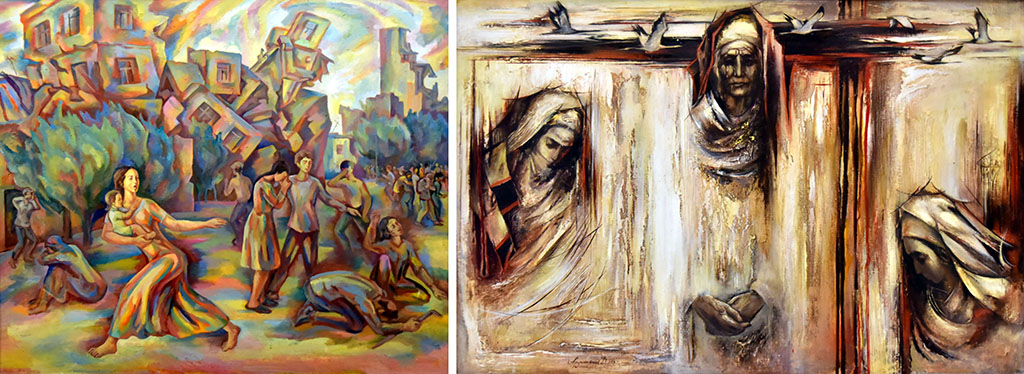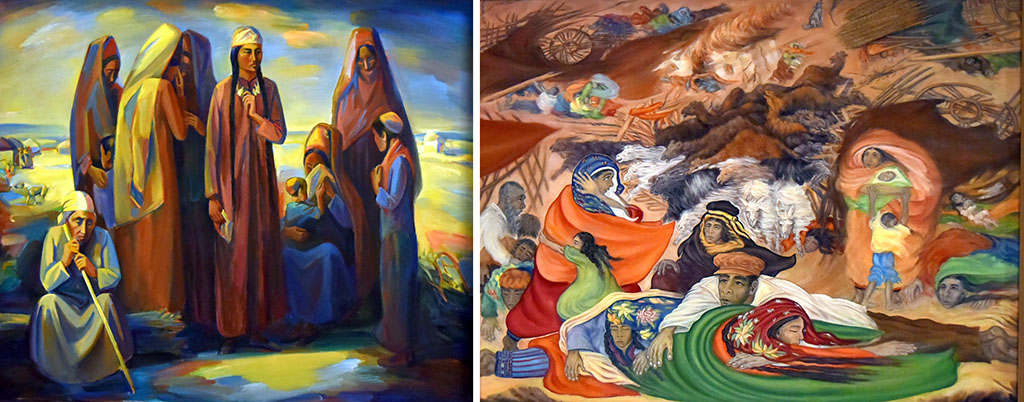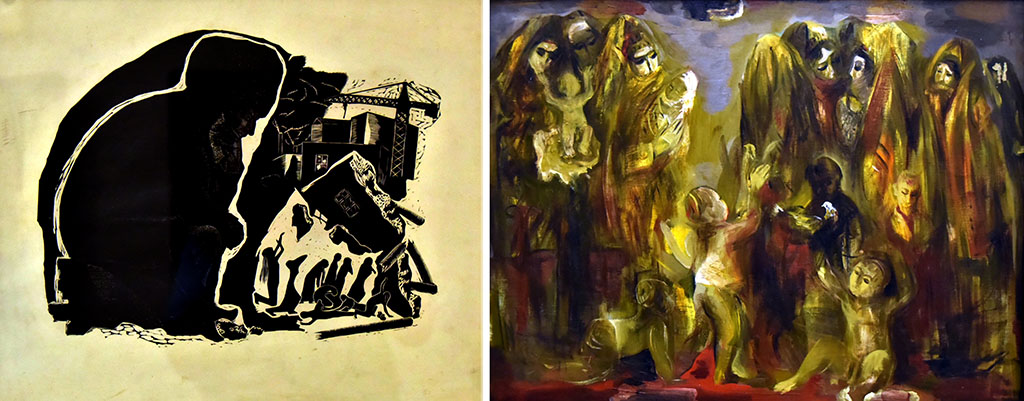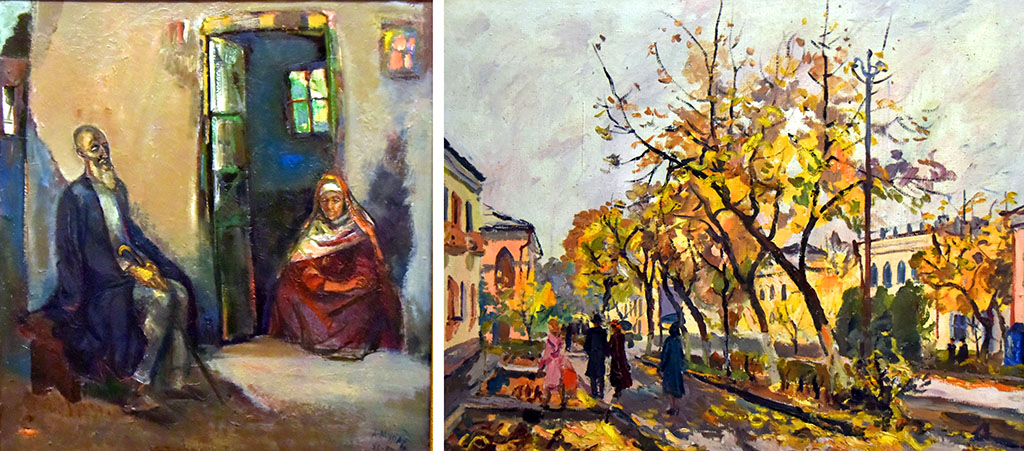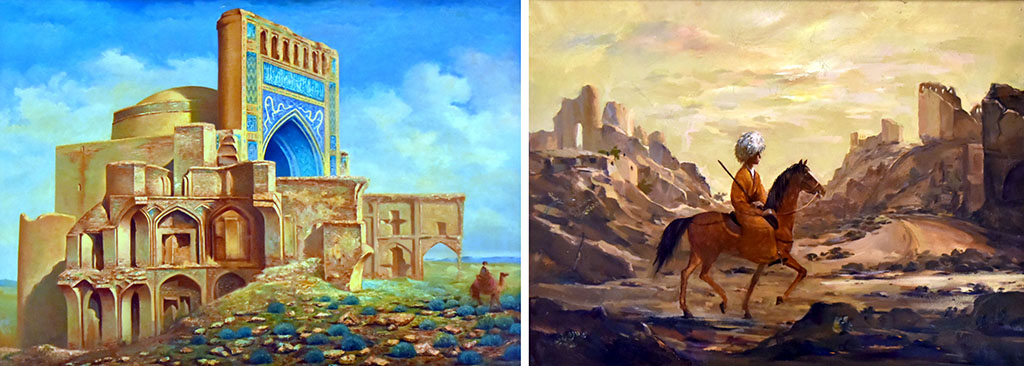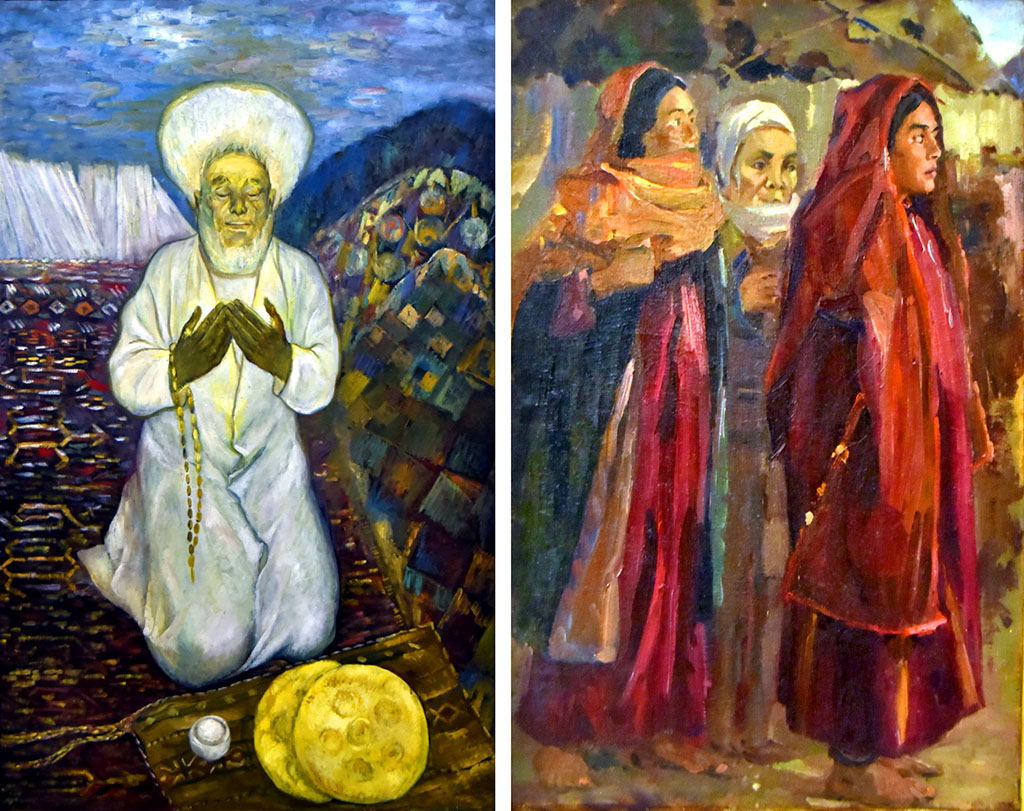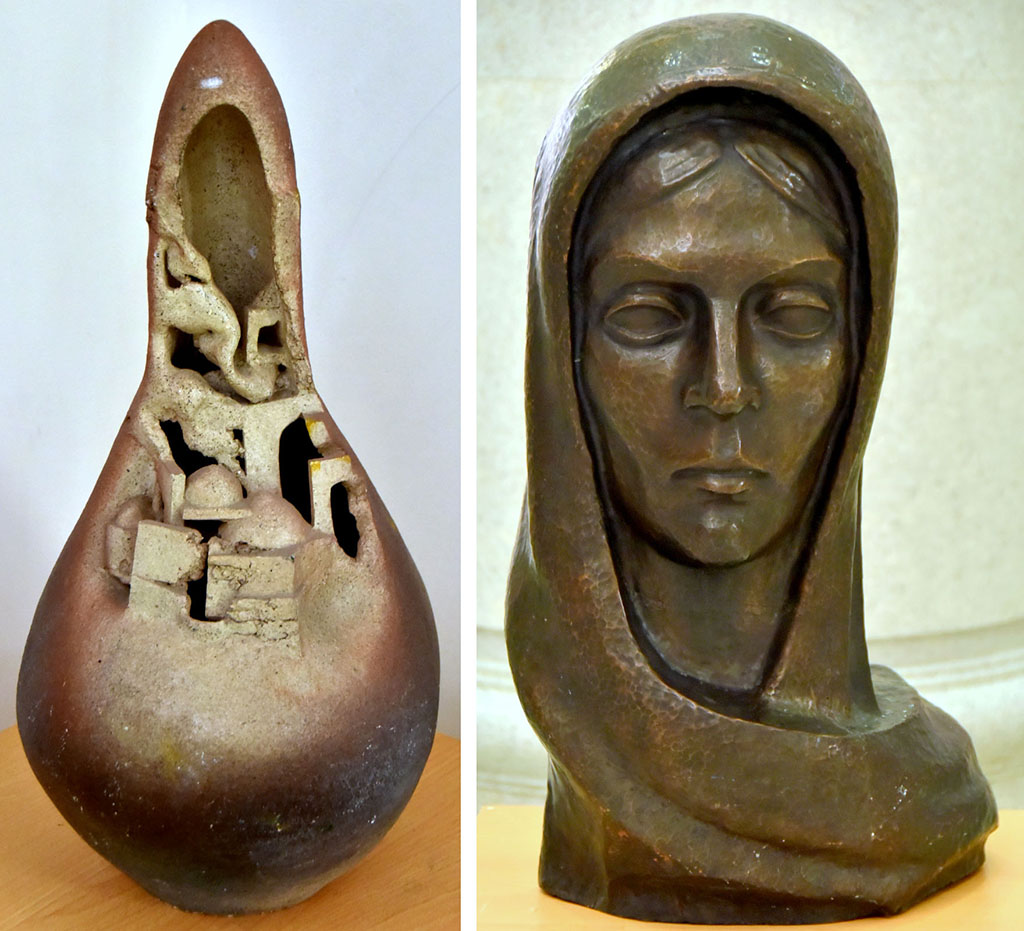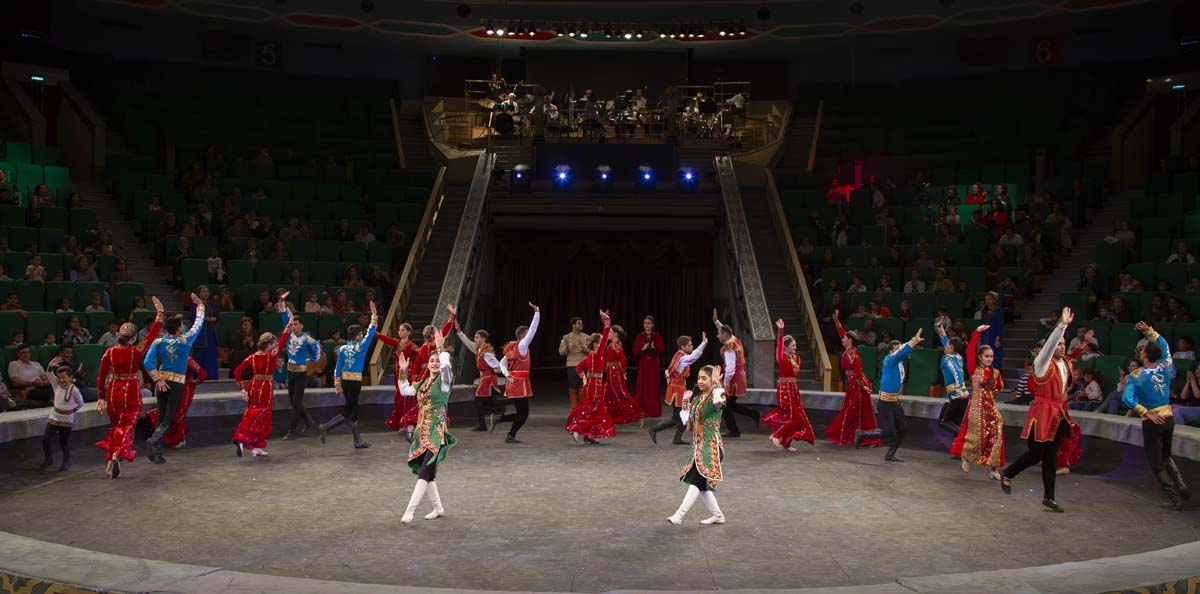72 years have passed since the Ashgabat Earthquake, the tragic date in our country’s history. On the night of October 6, 1948, the capital and nearby settlements were plunged into hell in an instant. When most of typically one-story mud-brick buildings collapsed, young and old, sick and healthy, good-looking, fantasy-prone and talented were buried alive under the debris. In some places the ground split open, swallowing everything up…
Thousands of bodies were recovered from the wreckage and buried in several common grounds. The injured with bleeding wounds needed emergency care. There were such large numbers of them that neurosurgeon Boris Smirnov and his assistants, operating in a makeshift hospital in Karl Marx Square, struggled to meet the needs of all those rushed to the hospital from all parts of the ruined city. Some of the children and injured were transported by air to fraternal Soviet republics…
As years went by, Ashgabat rose from the ashes like the mythical Phoenix. The city has turned into a white marble-clad modern megapolis now. Erected in the capital’s south-western part, the stately Halk Hakydasy (National Memory) Complex has become a tribute of our enormous respect to the memory of the national heroes and those killed by the earthquake…
Artists from different generations have depicted the tragic events of October 1948. The themed exhibition at the Museum of Fine Arts features some of these works.
“Catastrophe” by People’s Artist of Turkmenistan Annamammet Khojaniyazov portrays people who have survived miraculously. Imbued with a sense of disaster, the grayish pink dawn breaks over the collapsed buildings and the people battling to dig out survivors and dead bodies trapped under the rubble. A panic-stricken young woman with a little child in her arms runs blindly trying to escape and save her daughter. But everything around her is just the same: destroyed houses, crying people…
Honored Cultural Worker of Turkmenistan Toymammet Esenmamedov presents an allegoric painting “Earthquake”. With bodies of those killed in the background, it features women and men climbing out of the rubble and embracing their surviving children. The man in the foreground has managed to free his wife but she shows no signs of life. He refuses to accept that she might be dead and desperately hopes that he can snatch her from the jaws of death.
Kakamurad Bayliev’s graphic work is even more tragic. It depicts the earth opening up and mercilessly swallowing up children, women and old people…
“Haunting Memories” by People’s Artist of Turkmenistan Khaji Atakgaev portrays a grief-stricken elderly man, yashuly, sitting beside his house lying in ruins, and struggling with his relentless painful thoughts on how to live without his children and grandchildren killed by the dreadful earthquake.
People’s Artist of Turkmenistan Yarly Bayramov’s “Tragic News” is an extremely expressive painting with great emotional depth. The elderly woman’s unbearable suffering and terrible pain of losing her relatives can be keenly felt in each brush stroke.
On display are also fragments of the Anau Mosque’s portal. The powerful earthquake left a trail of destruction in the settlements adjacent to the city. The bright blue mosaic fragments serve as a reminder that the blind forces of nature destroyed the unique historical monument, which had been perfectly preserved for posterity for centuries. Next in line is Klychmurad Nurlyev’s painting “The Anau Mosque”.
Today, Ashgabat has turned into a megapolis admired for its stylistic harmony. The city of love, as its name translates, boasts impressive architectural ensembles, an array of emerald-green parks, delightfully landscaped areas and original fountain complexes. The capital’s poetic beauty is the celebration of life and the symbol of the Turkmen nation’s creative power.




